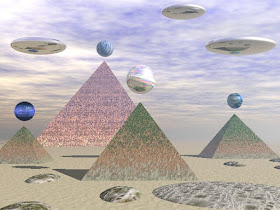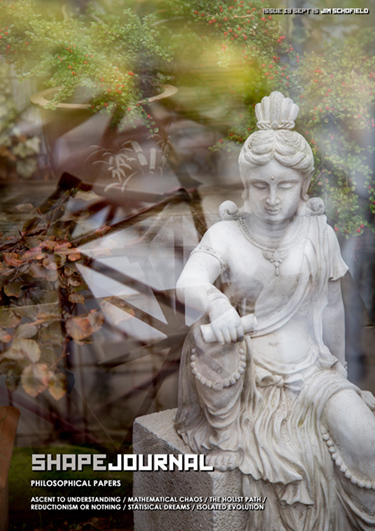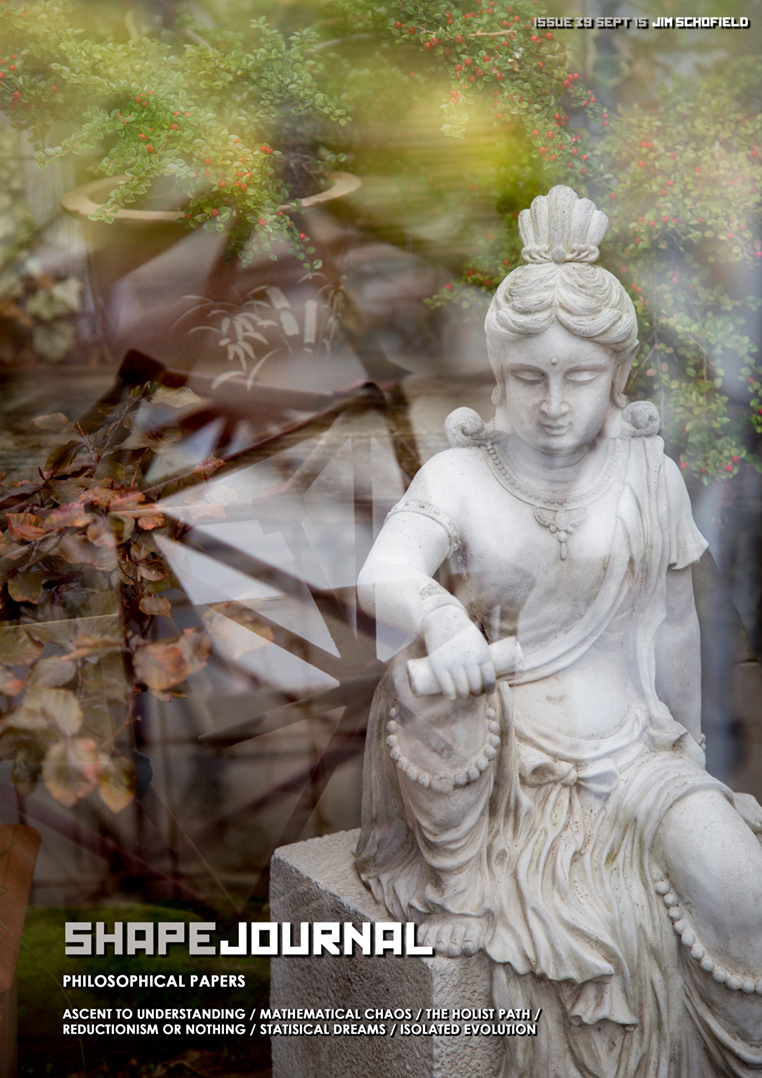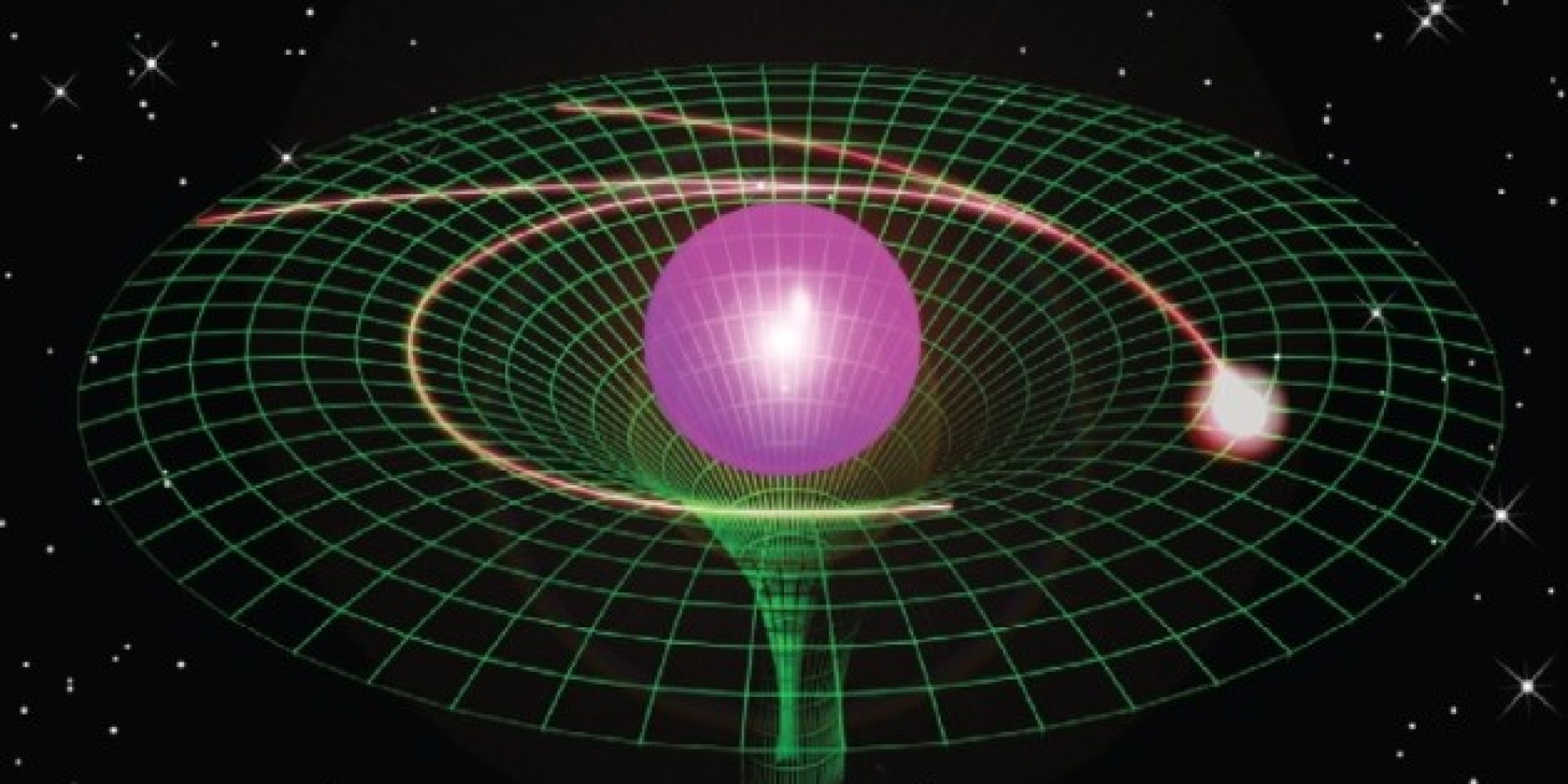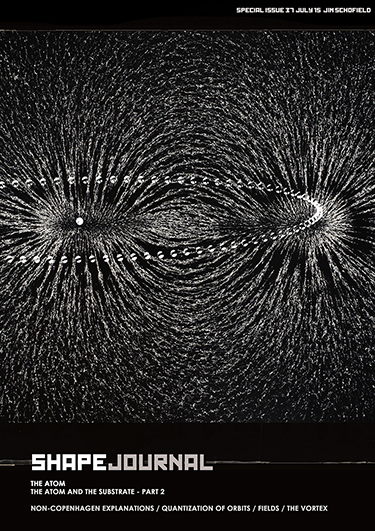Services to and Control by the People
So, historically, it has been necessary for those in power to in some way subscribe to both of these principles (or at least pretend that they do).
Let us look, critically, at some significant examples.
The fabled properties of Democracy, both as the will of the people, and also their overall control, are, of course, total myths in current so-called “Democratic States”, and the evidence for these assertions can be found everywhere, and can show exactly whose wants and needs are serviced by this lauded system of rule. Of course, it must be where both wealth and power reside that has to be addressed, but, in a somewhat distorted way, for the nearest thing to what is desired is delivered, if only marginally, by Local Democracy, where known and accessible representatives do things that immediately affect people – that is in local or District Councils of various types. For, one aspect of these organisations did take things out of the control of the oligarchs, and it was in the services owned and run by these elected Local Authorities.
Of course, the composition of these Councils would represent the area, which elects it, and in affluent areas the local authority would see its task to serve that constituency, and its occupants. Whereas in a working class city, the majority would have very different priorities, and these would be, sometimes at least, evident in the actions of their elected Council.
But, that is Democracy, and a comparison of how such different Councils see their priorities is very interesting and informative, and always distorted by misleading comparisons such as in efficiency and expenditure priorities.
Clearly a prosperous area would not need to allocate large resources to support the poor, nor would they have any sympathy for those Councils that did. They would compare expenditures and condemn the “high-spending” Council that have large populations of people needing all kinds of essential support.
Now, it is precisely these kinds of criticisms that are used to discredit “Serving Councils” for the affluent take pride in “paying their own way”, while assuming that those who cannot are lazy or worthless, while, at the same time, lavishing vastly more on their own ill family members than could ever be spent on a poor patent by a social service.
So, let us look objectively at certain social services, which have shown great contributions to the good of the populace, and were and occasionally, still are supplied by Local Democratic Organisations.
Public Transport
Let me start by giving an example from my own experience.
It also should be made clear that I am a working class person from the City of Manchester in England, and was born and brought up in a slum area called West Gorton. I am certain you would get a very different story from someone in Withington or the Stockbroker Belt in North West Cheshire, but their view is available everywhere, whereas the one I will give certainly isn’t.
Oh, and just in case the reader has already pigeonholed me... I finally retired some 20 years ago as a Professor in London University, so what I relate cannot be dismissed as sour grapes from a social failure (as is regularly slapped onto any criticism of society from the working class).
In the 1950s I used to go, every fortnight, to watch my favourite football team, Manchester United, and an average home gate of around 53,000 spectators was got to the ground from all parts of the enormous conurbation by Manchester Corporation Transport in a large fleet of special buses, which were organised like clockwork. In a very short time literally all of these were delivered to the ground, and then removed, just as efficiently, at the end of the match. It was both cheap and vastly more efficient than private cars could ever be, and being a Local Authority Service NO profit was involved. Each and every double-decker bus was packed, and the flexibility of tailor made routes (only used for this purpose) was unachievable by any other means. Indeed, such an effective and wide-ranging transport system was largely self-financing and economical for its users.
But now, after 60 years of “progress” no such system exists. The bus companies are privately owned, and work to a very different imperative, instead of being an efficient and economic service, they now must make a profit as well – without which they simply wouldn’t exist.
NOTE: Imagine how different hospitals would be if they too had to make a profit!
For example the evident virtues for both passengers and transport workers of the old Driver and Conductor arrangement have finally been completely dispensed with after privatisation was finally established as the universal method of provision. Such things as helping old people and mothers with children, on and off the bus were, to say the least, “not conducive to making profit”, so they were dispensed with. And the advantages for speed of service made possible by the collection of fares while on the move, has been replaced by the driver doing all that himself at every single stop and for every passenger, which, it has to be admitted, did wonders for the profit margins now available to the new owners.
Indeed, for a very long while, a significant part of the transport systems were entirely electrically driven in either Trams or Trolley buses, with vastly superior environmental effects than occur with present systems.
The care and maintenance of all these vehicles was undertaken by Council owned and run facilities – again a service with no profit involved. Both my uncle and my brother-in-law worked as bodybuilding specialists in one of the main garages, and were highly trained and well paid, having had apprenticeships, along with Tech-College linked courses. I worked for 10 years in such a College, and the quality of the lecturers and instructors, as well as the qualified engineers that they produced were second to none (I know this because I employed such people as technicians and they were a valuable contribution to the department).
NOTE: By the way, these Colleges were also a service, run by the Council, and, of course, non-profit making.
Funnily enough, all sorts of other, seemingly unconnected things declined too. For example the Public Service Vehicle licence (PSV), which all public service vehicle drivers had to gain before they were allowed to drive such vehicles, were then clearly superior to what they are now. I wonder why?
Also behind the scenes in Public Transport mechanics, with similar rigorous training, kept the engines and safety systems up to scratch, while a large army of cleaners kept both the insides and outsides of the vehicles at an acceptable standard.
I’ll leave the reader to consider what has happened to all these aspects too, and for the very same reasons!
Whatever criticisms there were of Public Transport, there is also little doubt that the imperatives involved were for Service rather than Profit, and usually the workers unions were given much better access and facilities than are ever provided in most private companies.
Even local and national regulation was vastly more efficient, for one visit of an inspection team to the enormous garage where my relatives worked could cover far more and far better, than could be achieved in innumerable visits to multiple small transport companies, and their sub-contracted support firms too, as is the case now. Finally, the economies of scale also made the large publically owned organisations superior to tiny shoestring alternative: there would be the right kit and an appropriate range of trained operatives, from those with years of experience down to apprentices constantly monitored and instructed in best practice.
All this is indeed a taster of Socialised Services, better 60 years ago than they are now!
Yet, the directing of these services was NOT directly in the hands of the populace, or of their elected representatives in Local Government.
The people did not elect the managers of these vast undertakings. They could vote off their known, local and available councillors, and could change the councillors in office at regular elections. But, such a system wasn’t naively bottom-up controlled and run. It required specialists to do that. But, nevertheless, if truly democratic control was in place, the electorate could act at the ballot box. The job of elected councillors was to establish the Service Ethos in their employees, from bottom to top. And even way back in my youth, there was ample evidence that this was achieved in many such organisations. To judge appropriately you merely have to compare then with now.
Do you really think that modern transport firms are run with the service approach? They wouldn’t last long today!
This brief visit to the past was not meant to define some Golden Age. It was never that. But, it showed here and there how Services should be run and most important of all BY WHOM!
Education
Now, Public Transport may not be considered the most important area that involves services to the people, and I would agree.
In a long career in Education, with posts at every level from Junior Schools to Universities, I can speak authorativly about these services, as by far the most important.
Now, it is in schools and colleges of all kinds that Local Democracy has a major role. And, once again, the differences between how this totally non profit making and countrywide service is delivered, and how it contrasts with organisations dedicated primarily and predominantly with the production of profits for those who have no other necessary qualification or general knowledge, but can extract profit, and hence do have the money to invest, is remarkable.
Once again, the quality involved in how such a service as Education was delivered to the Community, is vastly better than in any profit-making concern.
Indeed, there are no bonuses for teachers, and none desired, or expected. The calibre of those who choose such a demanding and worthwhile career is uniformly superior to any other organisation, if your criteria are to do with what is delivered to the community served, and for what reasons.
And, for some considerable time, now, whenever they got into power, the Tories, would make yet another assault upon State Education, while, of course, sending their own children to private, fee-paying schools, where they would receive, primarily, the appropriate social connections and command training for their future ruling roles in society.
For, the mass of the population are, in their eyes, only educated in such ways, and to such levels, to service the current economic system, Capitalism, and its essential role of producing ever-larger profits. Unless what was done in such institutions was limited to such ends, such places would only foster discontent with the Natural Order.
Such totally unproductive educational content must be actively swept away, to produce the ideally prepared workers for this, “the only possible system”.
Indeed, it had been coming to their notice that in certain areas pupils were being educated in such a way that they would have happy and fulfilling lives, and that could certainly only “lead them astray”1
What is clear to these traditional rulers, is that educational institutions must be, primarily, to fit all their products to the needs and wants of their future employers, and concentrate all learning upon only what they will need in their assigned-for roles in society. Education that encouraged them in any other prospective futures was both unkind to them, and destructive to an ordered and healthy economic future for Society. Crucially, thinking for themselves and being creative, artistic or maybe politically active would be well beyond the Pale.
And, we must see all their changes in Educational Policy in this light.
Even the current attacks upon Birmingham Council, under the guise of attacking Moslem extremists, is basically yet another attempt to wrest this jewel of real Social Service out of the hands of Local Democracy, and into the hands of people who agree with their pro-capitalist policies.
Education
Now, Public Transport may not be considered the most important area that involves services to the people, and I would agree.
In a long career in Education, with posts at every level from Junior Schools to Universities, I can speak authorativly about these services, as by far the most important.
Now, it is in schools and colleges of all kinds that Local Democracy has a major role. And, once again, the differences between how this totally non profit making and countrywide service is delivered, and how it contrasts with organisations dedicated primarily and predominantly with the production of profits for those who have no other necessary qualification or general knowledge, but can extract profit, and hence do have the money to invest, is remarkable.
Once again, the quality involved in how such a service as Education was delivered to the Community, is vastly better than in any profit-making concern.
Indeed, there are no bonuses for teachers, and none desired, or expected. The calibre of those who choose such a demanding and worthwhile career is uniformly superior to any other organisation, if your criteria are to do with what is delivered to the community served, and for what reasons.
And, for some considerable time, now, whenever they got into power, the Tories, would make yet another assault upon State Education, while, of course, sending their own children to private, fee-paying schools, where they would receive, primarily, the appropriate social connections and command training for their future ruling roles in society.
For, the mass of the population are, in their eyes, only educated in such ways, and to such levels, to service the current economic system, Capitalism, and its essential role of producing ever-larger profits. Unless what was done in such institutions was limited to such ends, such places would only foster discontent with the Natural Order.
Such totally unproductive educational content must be actively swept away, to produce the ideally prepared workers for this, “the only possible system”.
Indeed, it had been coming to their notice that in certain areas pupils were being educated in such a way that they would have happy and fulfilling lives, and that could certainly only “lead them astray”1
What is clear to these traditional rulers, is that educational institutions must be, primarily, to fit all their products to the needs and wants of their future employers, and concentrate all learning upon only what they will need in their assigned-for roles in society. Education that encouraged them in any other prospective futures was both unkind to them, and destructive to an ordered and healthy economic future for Society. Crucially, thinking for themselves and being creative, artistic or maybe politically active would be well beyond the Pale.
And, we must see all their changes in Educational Policy in this light.
Even the current attacks upon Birmingham Council, under the guise of attacking Moslem extremists, is basically yet another attempt to wrest this jewel of real Social Service out of the hands of Local Democracy, and into the hands of people who agree with their pro-capitalist policies.
Clearly, Education should never be in the hands of those who don’t really care about anything but making a profit, and should demonstrate the most democratically controlled service of all!





